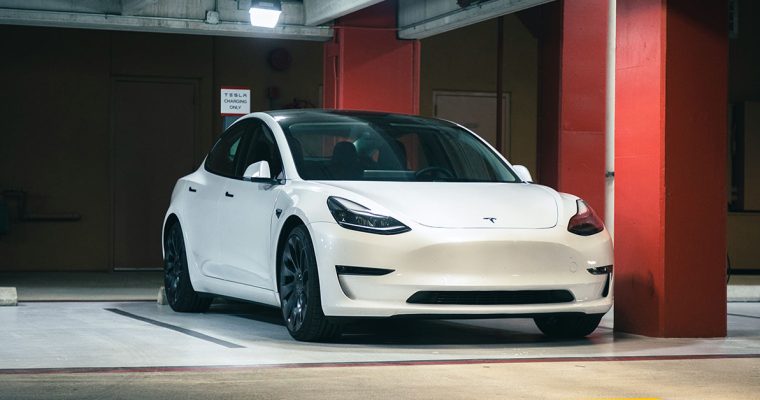
Second hand EVs
DriverThe biggest cost to car ownership is not how much money it takes to buy a vehicle, but how much you lose at the end.
Depreciation is a normal economic factor that results in reduced value of an asset over time due to natural wear and tear. This is why most second-hand cars cost significantly less than when they are new. And, subsequently, why choosing the right mix of vehicles and effectively managing their usage and maintenance is an important part of business vehicle planning and management.
At SG Fleet, we carefully monitor the second-hand market to determine the residual value of vehicles and calculate the forecasted cost of depreciation. This is a critical metric for us to create the whole-of-life running costs of any vehicle over its lease period which, from the very beginning, determines the monthly payments and, at the end, any additional costs when changing over to a replacement vehicle. As such, our expertise and forecasts for conventional vehicles with an internal combustion engine are predicated on decades of data and first-hand knowledge.
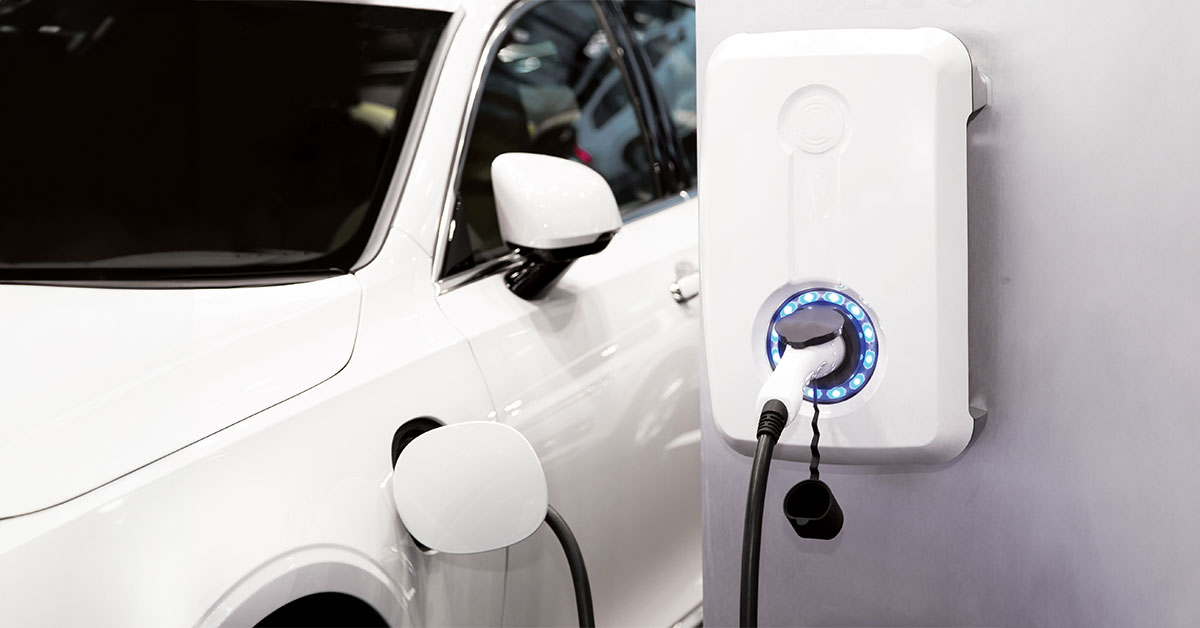
But electric cars are bringing new challenges to fleet management. And now that EVs have been part of the mainstream conversation – and, in some cases, a key element of fleets – for the last five years or so, the second-hand market is beginning to evolve.
So, let’s take a look at what is happening, why it is changing and how to manage the residual value of EVs in your fleet.
Second-hand market
First things first, the used car market has been quite buoyant over the last five years. The supply and demand for second-hand vehicles is largely dictated by the health of the new car market, which was heavily impacted by the COVID pandemic where car makers were forced to temporarily close production facilities.
This led to a severe shortage in the supply of new vehicles that, consequently, increased the value of near-new cars. The hangover was long and painful, as car makers struggled to access vital computer chips once production was able to recommence, which only exacerbated the supply issue, forcing fleets to hold vehicles for longer than anticipated while further inflating the used car market.

It has taken almost three years for the new car pipeline to become sustainable again and for car makers to fulfil the significant backlog of orders that had built up, which has recalibrated the second-hand market.
In New Zealand, there’s a bigger factor at play when it comes to electric vehicles. The recent abolishment of the Clean Car Discount, a government-funded rebate scheme that encouraged the uptake of electric vehicles, has had an adverse effect on the popularity of EVs.
Since the announcement, sales have dropped from a market share high of 40 percent last December to just 4.3 percent in April 2024, which has left dealerships with a lot of unsold inventory and forced them to discount existing stock.
Instead, the government confirmed that EV owners will now have to pay a Road User Charge of $76 for every 1000km travelled, while PHEV owners will pay a lower rate of $53/1000km as they will still contribute through petrol taxes.
Subsequently, this has had an equally drastic reduction in demand and value for second-hand EVs in New Zealand, and even forced some major used car dealerships to restrict electric cars being traded in.
What’s the issue with second-hand EVs
While there are several key factors driving the second-hand EV market, there are equally as many driving away potential customers.
The first is the type of EVs that are now coming into the marketplace are those developed and sold at the beginning of this new era, some of which didn’t feature the latest in battery technology and therefore have a limited driving range or, in some case, the wrong plug type or slow charging inverters. They were also extraordinarily expensive in comparison to rival conventional models, and still appear costly even if they are half the price now as when they were new.
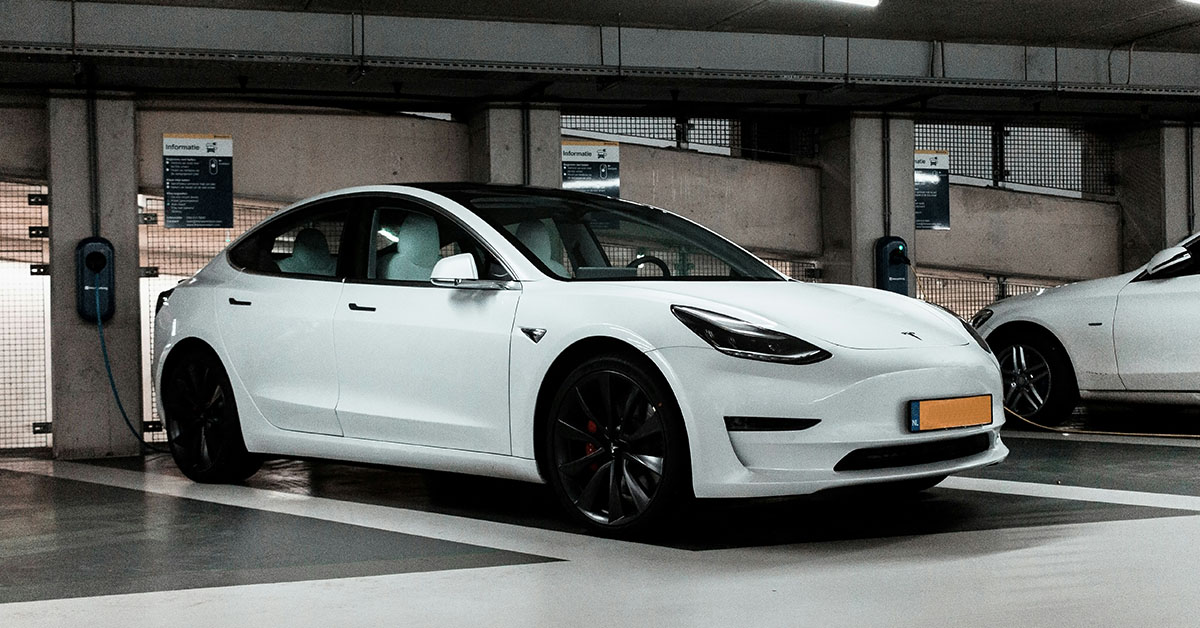
On top of that, there’s a general fear that batteries will need to be replaced within the first eight years of the car’s life, which is an exorbitant cost. That isn’t necessarily the case, but public perceptions of new technology are hard to change especially when most second-hand buyers are considering owning the vehicle for longer than five years.
More choice
The second-hand EV market will change rapidly over the next few years as some of those concerns will ease as electric vehicles become more commonplace. More importantly, there will be significantly more EVs to choose from in the new car market which will flow into, and expand, the second-hand scene within the next few years.
Among those will be an influx of cheaper electric cars from both known brands and new Chinese car makers looking to enter the New Zealand marketplace.
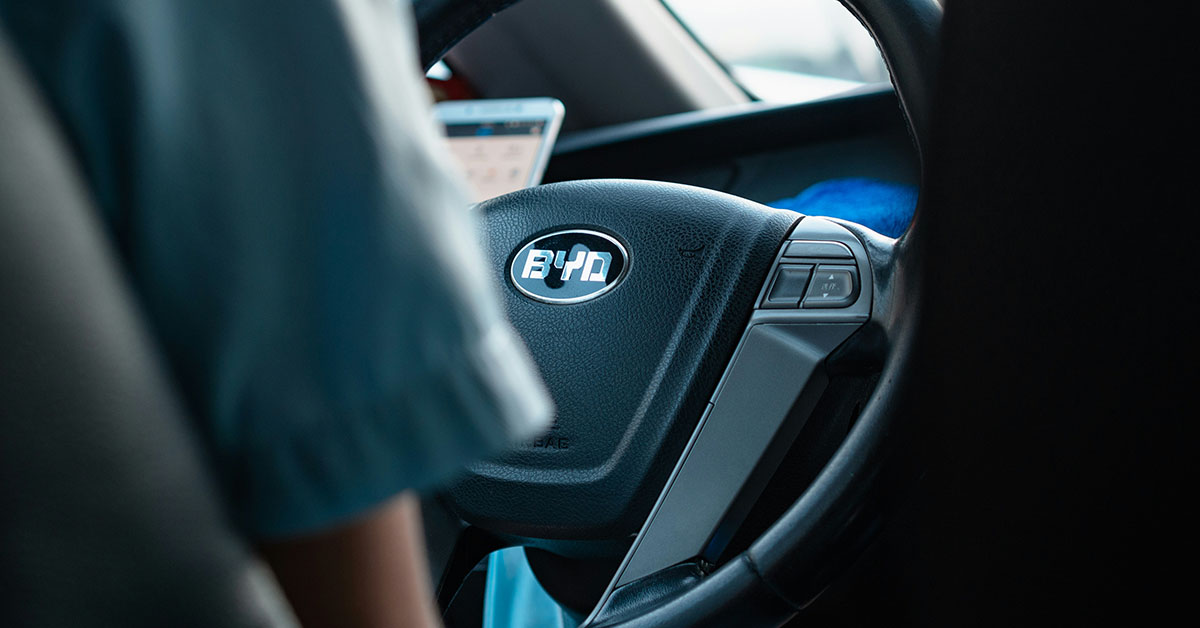
Car makers such as MG, BYD and GWM are already battling over the title of having New Zealand’s cheapest electric cars, with vehicles such as the MG 4, BYD Dolphin and the cute GWM Ora city car featuring price tags just over the $40,000 barrier. And many of their domestic rivals – brands we’ve never heard of before, like Zeekr, Leapmotor, Xpeng and Aion – are eyeing up the challenge of entering one of the most diverse and competitive automotive markets on the planet.
The increased competition will have a big impact on the price of electric vehicles across the board and force existing mainstream brands to catch up.
It has already created ripples, and significant price adjustments, for some EVs already on sale. Tesla has reduced the price of its Model 3, which is NZ’s most popular electric car, on numerous occasions, and Peugeot recently cut around $25k off the sticker price for its e-2008 small SUV.
Those discounts have a massive effect on residual values.
What dictates residual value
Residual value is an important metric that drives both the new and used-car market.
It is essentially a prediction of how much an individual car is worth after a certain period of time. A vehicle will depreciate faster during the first two to three years of ownership before the rate of reduction stabilises as it gets older.
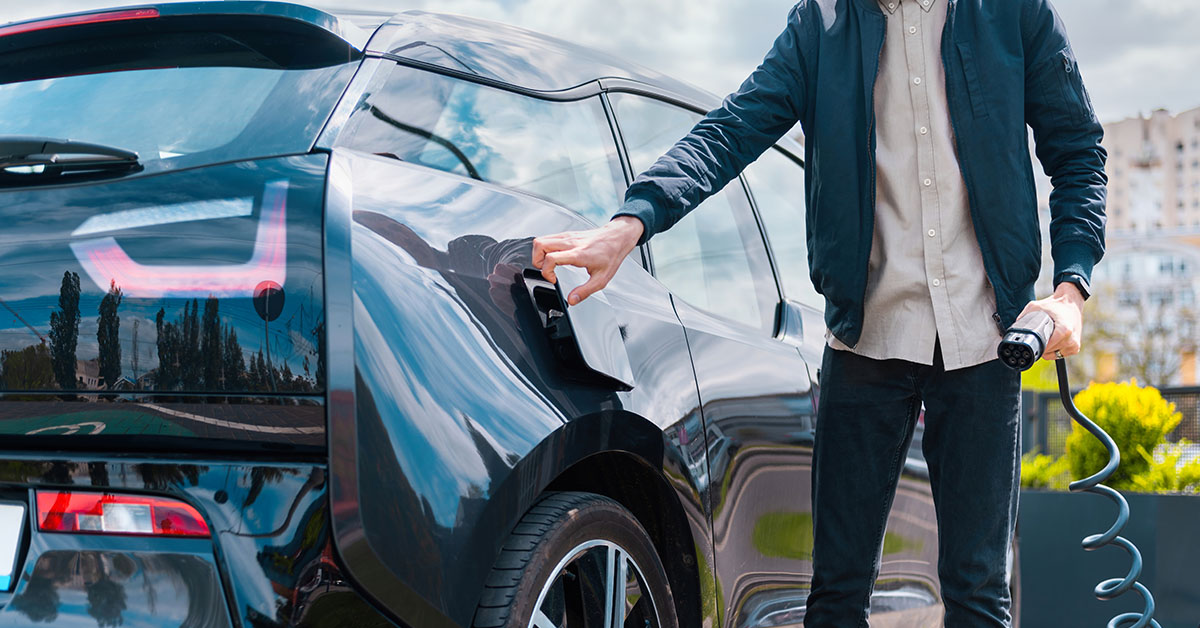
This is calculated based on a complex formula that takes into account the popularity of certain vehicle types, the model cycle and whether the car maker has introduced a newer version in this period, competition within the segment from other brands, the features and mechanical configuration of a particular vehicle, mileage, general wear and tear and whether it is properly maintained.
Now, EVs are unique in regard to the latter requirement as the electric motors and battery packs are sealed and do not require servicing like an internal combustion engine. However, owners can ensure the vehicle is more valuable when it comes time to sell by maintaining the health and longevity of its battery. Here’s how.
How to protect the value of an EV
The high-tech battery packs used in electric vehicles naturally lose some of their total capacity over time. It’s as if the petrol tank shrinks if you need a comparison to a traditional vehicle.
That happens because the elements that hold and transfer electricity degrade due to heat from periods of sustained heavy acceleration or ultra-rapid charging.
A battery’s capacity is measured in Kilowatt Hours (kWh), which is the total amount of energy it can store and, ultimately, determines how far it can drive before needing to be recharged.
Most EVs now have a battery with a built-in buffer that ensures the car maintains a consistent driving range over its lifetime while considering the amount of degradation. It also prevents the battery from reaching 100 percent capacity or becoming completely depleted, both of which accelerate any rate of degradation.
For example, the Mercedes-Benz EQE sedan has a battery with a total capacity of 98kWh but a usable capacity of 90.6kWh, giving it a 7.4kWh buffer. As such, it will use this extra capacity over time to maintain the same useable capacity.
In any case, EV owners can reduce the rate of degradation through their driving and charging habits. Batteries operate at their best in ideal environmental conditions, so it is best to avoid driving in extremely hot or cold temperatures for extended periods of time. Most newer models have a battery pre-conditioning function that uses the air conditioning and heating system to optimise the battery’s temperature before driving. This function is usually accessed through a smartphone app and should be activated 10-15 minutes prior to driving.
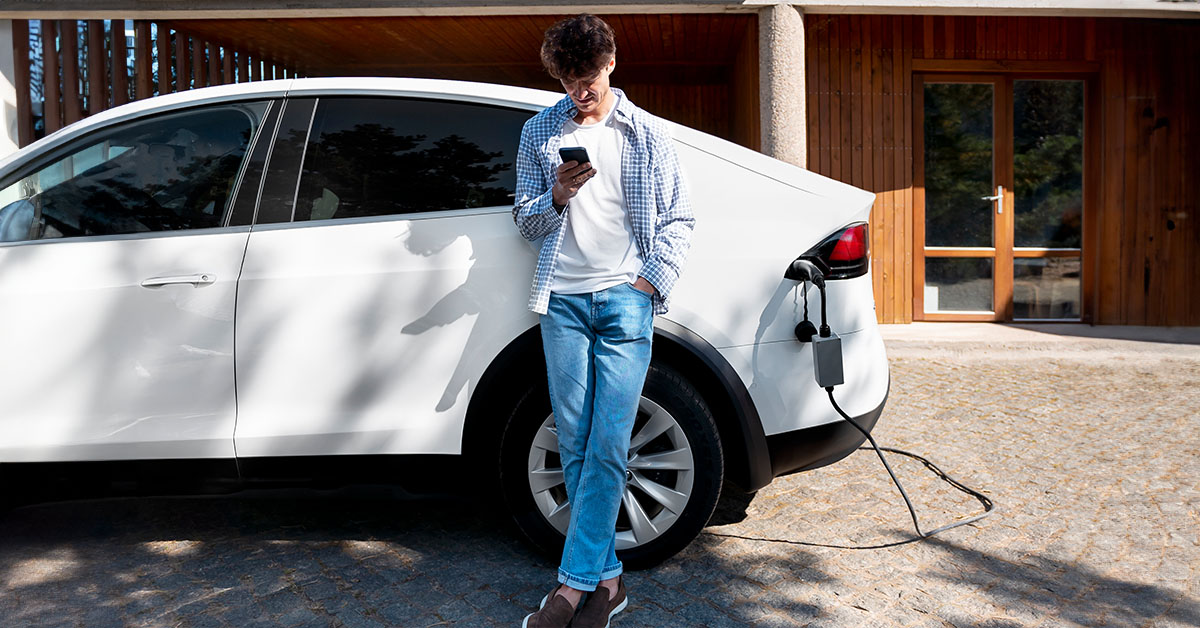
EV owners should also limit the amount of DC rapid charging as this creates excessive heat in the battery pack. Do not deplete the battery or leave the car stationary for a long time with it fully charged. Instead, the battery operates best when consistently replenished between 20-80 percent using AC charging.
Otherwise, owning an EV is just like any other car when it comes to keeping up with general maintenance.
So, if you’re looking to introduce electric vehicles to your fleet it’s an interesting time in New Zealand. The second-hand EV market today is in its infancy and is a direct reflection of the vehicles and technologies that were introduced five years ago. However, the abolishment of the Clean Car Discount will have a significant effect on how it develops in the next decade.
For help in planning your successful transition to zero-emission mobility, contact SG Fleet today.
 Driving Insights
Driving Insights




